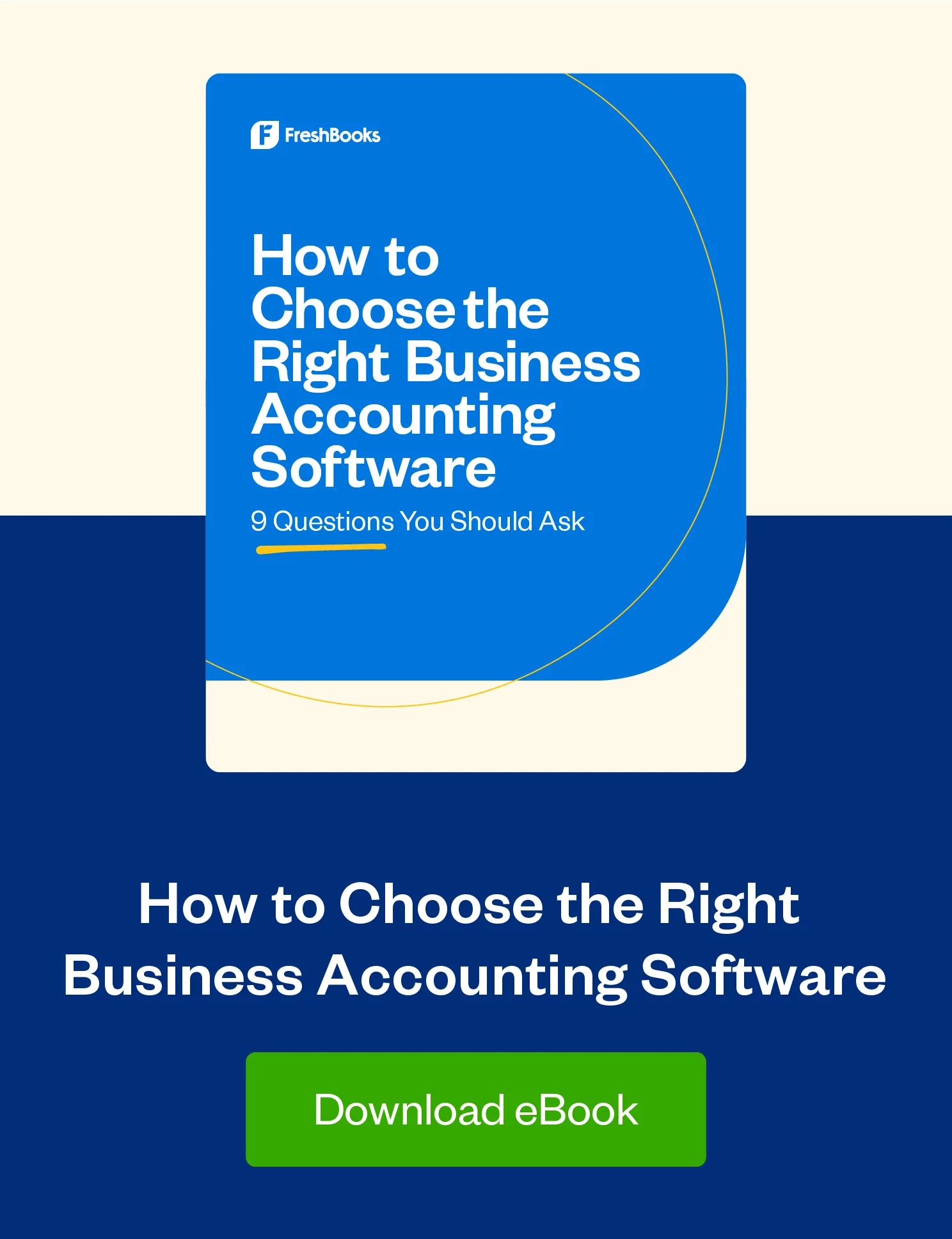As a UK employer, you’re legally responsible for filing P11D forms with HMRC. Here's everything you need to know about what they include and how to submit them.

As a thoughtful employer, you may provide your employees with facilities, benefits, or expenses in addition to their salary. Lots of them are in HMRC’s ‘taxable’ category.
Form P11D is the way you must report the cash value of these expenses and benefits to HMRC. Then the tax office will decide how much income tax and employer’s National Insurance contributions (NICs) are owed as a result. No good deed goes unpunished, as they say!
What’s a P11D Form For?
As a UK employer, you’re legally responsible for filing P11D forms with HMRC. You must complete an individual P11D form for every employee and director, who earns over £8,500 per year, so they can pay tax on their expenses or benefits.
There’s no longer a similar form for those earning under that threshold.
Official Deadline
These reports must be with HMRC by 6th July following the end of the tax year. For example, the 2021–22 tax year ends on 6th April 2022. Your P11D forms must be submitted by 6th July 2022.
There is a financial penalty if you’re late filing your P11Ds. This starts at a flat £300, then an additional daily £60 fine until HMRC gets your P11D forms.
What Does a P11D Form Include?
Time to get into the details. You must report the details of any expenses, “payments, benefits, and facilities” given to employees, directors or their “family or household”. HMRC is very clear in its definition of “family or household”. They are employees’ or directors’:
- Spouse or civil partner
- Sons and daughters and their spouses or civil partners
- His or her parents
- Servants
- Dependents
- Guests
The type of facility, benefit, or expense includes, but isn’t limited to:
- Private medical insurance or treatment
- Living accommodation
- Relocation costs
- Mileage and fuel payments
- Credit cards and vouchers
- Transference of business assets to employees (e.g., goods or company cars)
- Beneficial loans: From the company, with low or interest-free loans
- Payments made by the business on behalf of the employee or director
HMRC provides employers with useful ‘Working Sheets’ to help you work out the cash value of some of these benefits and expenses.
- Living accommodation
- Cars and car fuel
- Vans
- Low or no-interest loans
- Relocation expenses
- Mileage allowance payments
Of course, as well as all these expenses and benefits, you’ll need to include your employer’s PAYE reference number and each employee’s name, gender, date of birth, and National Insurance number.
P11D Exemptions
There’s a list of common business expenses that don’t have to be included on your P11D forms.
These include:
- Business credit cards
- Work travel
- Entertainment expenses for business purposes
- Subscriptions and fees for professional bodies or journals
- Uniform
- Tools for work
That shortens the list a bit, doesn’t it?
How Do I Submit P11D Forms?
There are options for P11D form submission:
- HMRC’s PAYE online service: Only if you have no more than 500 employees
- Your own payroll or accounting software: You’re onto a winner with any of these FreshBooks compatible payroll options
- Downloadable forms: P11Ds and P11D(b)s to print and post (these are only to be used if you can’t access the online methods)
You must give your employees and directors copies of their P11D forms for their records. You can provide them electronically or as a hard copy. This is especially important if they are required to complete a Self Assessment tax return.
Who Pays the P11D Tax Bill?
The tax owed on benefits and expenses is paid by your employees. Usually, HMRC adjusts its PAYE tax codes to accommodate the extra income tax. Then you deduct the additional amount, as usual, through the PAYE system straight to the Treasury.
It’s worthwhile to regularly remind all your employees to check their tax code is correct. Otherwise, they’re paying either too much tax or not enough. Whenever they get their notice of coding, they should double-check it and get in touch with HMRC if it doesn’t look right. The sooner any mistakes are rectified, the better it is for everyone.
Unfortunately, you also have to pay Class 1A NICs on these taxable benefits and expenses. Which leads us neatly onto…
Form P11D(b)
Employers must fill in form P11D(b) to tell HMRC how much Class 1A NICs you need to pay on all the expenses and benefits you give your employees and directors. This payment must be made online by 22nd July, after the end of the tax year.
You must complete a P11D(b) whenever you send P11D forms, if you pay benefits and expenses through payroll, or if HMRC requests it. But you only need to send one P11D(b) summarising the P11D totals for the tax year.
If HMRC sends you a P11D(b) but you’ve no Class 1A National Insurance to pay, then you fill in this declaration instead.
Is There a Way to Give Employee Benefits Without the P11D Paperwork?
You can use your payroll system to deduct the tax on the majority of employee benefits and expenses. This is called “Payrolling Benefits in Kind”, or ‘payrolling’, and it means that you don’t have to file individual P11D forms.
Choosing to payroll employee benefits means that their cash value is totalled for a year. And you deduct the tax through your payroll system. You must tell your employees if you’re doing it this way and give them a benefits statement by the 1st June after the tax year ends.
And you still need to send that P11D(b) form.
about the author
Claire is a freelance writer living in the UK and can be found online at Copy Content Writer Claire loves working with words, thoroughly enjoys the research part of her job, and approaches it with the integrity and scepticism necessary to deliver authoritative writing.

 What Is a P45 Form in the UK and Why Does It Matter?
What Is a P45 Form in the UK and Why Does It Matter? What Is IR35? Here’s What You Need to Know
What Is IR35? Here’s What You Need to Know What Is a P60 Form or ‘End of Year Certificate’ in the UK?
What Is a P60 Form or ‘End of Year Certificate’ in the UK?






